Lesson Packs
Please note: you must be logged in to view teaching resources with the icon.
Teaching resources with the computer icon are best done with student access to a windows computer (or emulator on a mac), students can work in groups.
We are currently moving these Lesson Packs into our new Things to Do page. This is a searchable catalogue of activities, quizzes and videos that can be combined to create full lessons. We have over 80 new Things to Do with additional notes just for Teachers, so take a look!
| Preview | Age Suitability | Title | Short Description | Duration | Keywords |
|---|---|---|---|---|---|
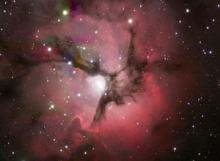 |
11 to 14 14 to 16 |
3-Colour Imaging |
Create your own 3-colour image of an astronomical object. | 60 mins | Software, Technology, Observations, Photometry, Chemistry, Primary, Secondary, Galaxies, Light |
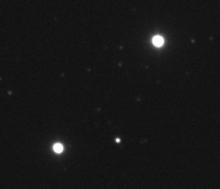 |
14 to 16 16 to 18 |
Barnard's Star |
Measure the movement and velocity of Barnard's Star. | 60 mins | Software, Observations, Parallax, Maths, Secondary, Stars |
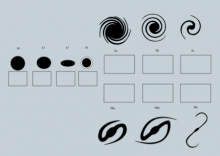 |
14 to 16 16 to 18 |
Galaxy Classification | Use the Hubble Tuning Fork to classify galaxies. | 60 mins | Observations, Secondary, Galaxies, Cosomology |
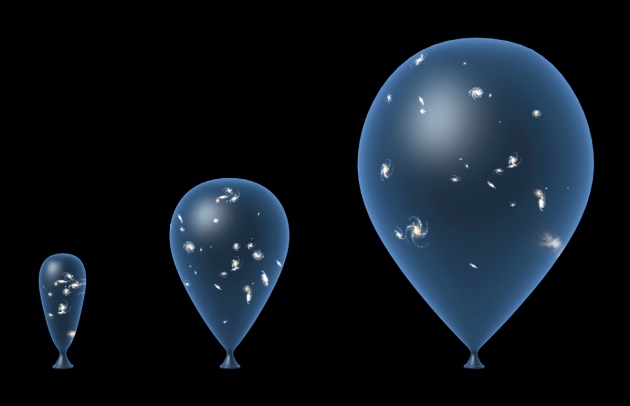 |
14 to 16 16 to 18 |
Hubble Flow | Calculate the expansion of the Universe using real galaxy data, to recreate the work of Edwin Hubble. | 60 mins | Maths, Secondary, Galaxies, Cosomology, Forces, Big Bang, Redshift |
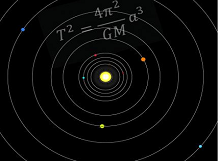 |
14 to 16 16 to 18 |
Kepler's Laws |
Take a look at Kepler's Laws of planetary motion and how they relate to the Solar System, but also exoplanets, investigating the TRAPPIST-1 stellar system. | 90 mins | Solar System, Secondary, Orbits, Gravity, Forces, Exoplanets |
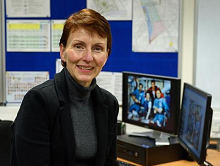 |
7 to 11 |
Literacy: Biographies | Combine literacy and space by looking at how to construct biographies and autobiographies using Dr Helen Sharman as an example. | 4 x 60 mins | Primary, Literacy, Space Exploration |
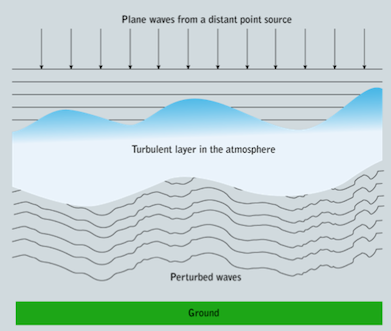 |
14 to 16 16 to 18 |
Seeing Workshop |
Introduction to the concept of astronomical seeing and it's link to refractive index. | 60 mins | Technology, Observations, Secondary, Light, Stars |
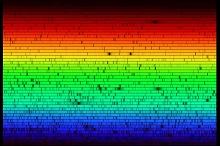 |
14 to 16 16 to 18 |
Stellar Spectroscopy |
Introduces and use spectroscopy to classify a range of stars. | 90 mins | Chemistry, Secondary, Spectroscopy, Redshift, Light, Stars |
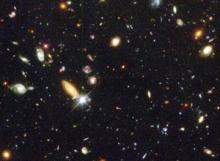 |
14 to 16 16 to 18 |
Weighing The Universe | A lesson that introduces the concept of standard index notation. | 60 mins | Maths, Secondary, Galaxies, Cosomology |
Please note: you must be logged in to view activities with the icon.

